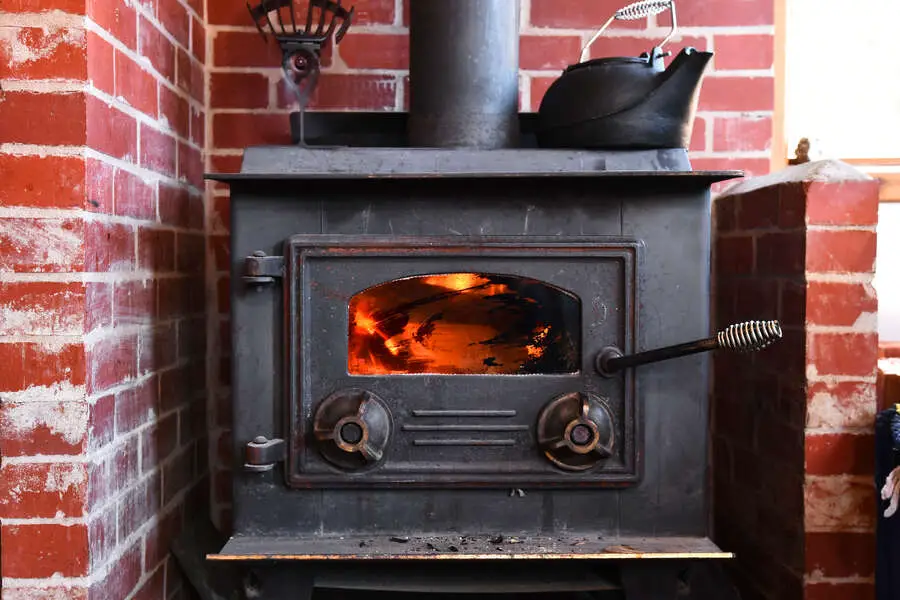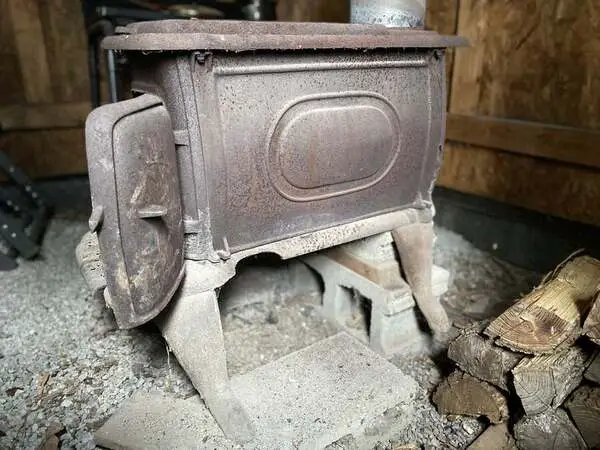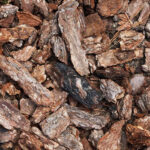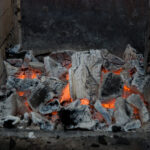You may have heard the word ‘fire brick’ used while talking about ovens and stoves, especially those that are used with wood as fuel.
These fire bricks can be extremely helpful tools that increase the heat production of a fire while reducing the amount of wood you need to add at a given time.
With this in mind though, do cast iron wood stoves need fire bricks? Let’s talk about it!
Table of Contents
- Why Do Cast Iron Wood Stoves Need Fire Bricks?
- Is it Ok to Use Cast Iron Stoves Without Fire Bricks?
- Alternatives To Fire Bricks
Why Do Cast Iron Wood Stoves Need Fire Bricks?
Cast iron wood stoves don’t always need fire bricks and can sometimes use steel or iron plates to reflect heat. In fact, many cast iron stoves already have bricks or plates installed to ensure that your stove is supported, efficient, and safe.

When it comes to wood stoves, there are a lot of different materials and pieces used in order to maximize the amount of heat produced and reflected into your space.
However, not all materials need to same parts to make a wood stove run effectively.
Fire Bricks Act As an Insulation
Fire bricks are stone casings used to protect your home and help keep it warm and act as an insulating layer inside of your stove to protect its exterior from being damaged.
While different metals like steel, tin, and iron can work in hot temperatures, as the metal warms and cools, it will become brittle and can crack, releasing the embers and fire inside the stove.
For this reason, you can cook out of things such as a tin can, however, they aren’t good for repeated usage!
Fire Bricks Reflect Your Wood Stove’s Heat
Fire bricks are made of refractory materials to prevent heat from compromising your stove’s structural integrity. Your wood stove burns warmer and produces more heat when using these.
By reflecting heat into the chamber, the air inside the fire grows so hot that the wood stove can better heat the air around the stove and, thus, your home.
The hotter the stove burns, the warmer your house, so firebricks make your stove more efficient.
Firebricks Allow Clearance Zones for Your Fire
They also increase the safety of your stove by allowing clearance zones, which are areas around heaters where combustible material cannot be.
Consider for a minute how paper or fabric ignites.
You don’t even need to run the paper in a flame in order to make it catch fire, it just needs to be warm, which is the case with other combustible materials too. If it’s too close to a heat source, it will ignite.
Firebricks make this less likely to happen and reduce the area around your wood stove that needs to be free from combustible material, which makes your fireplace safer.
In other words, they can offer you an increased level of safety and comfort when using your stove and can make it safer for you to leave the stove unattended for short periods of time.
Is it Ok to Use Cast Iron Stoves Without Fire Bricks?

Firebricks do a lot to help your stove run as safely and efficiently as possible. As a result, they are installed or provided with almost every wood stove.
However, there are some conditions in which cast iron stoves don’t need fire bricks to function properly. Let’s take a deeper look at the cases.
Cast Iron Coating Eliminates the Need For Firebricks
In some wood stoves, fire bricks aren’t necessary because a different, albeit similar, technique is used.
Instead of firebricks, the bottom, sides, and tops of the stove are coated in steel or cast iron plates. Fire bricks are unnecessary in these designs as the steel plates are already accomplishing this job.
Sand or Ash Bases Can Be Used Instead of Firebricks
In some older wood stoves, fire bricks aren’t necessary as the stove was designed to use a layer of sand or ash along the bottom of the stove to accomplish the same goal.
Sand naturally refracts heat, so some older stoves use sand or ash as an insulating layer to act similarly to fire bricks.
These stoves aren’t common, nor are they nearly as effective. You shouldn’t use sand as a replacement for fire bricks, and if you do use sand, you need to be sure to replace it frequently to ensure the base is completely covered in sand.
Alternatives To Fire Bricks
Ultimately, using fire bricks in your stove is strongly recommended and will ensure that your stove functions the best, but they can be difficult to find.
While they are specially made to withstand high heat and often come with your stove, you may decide to use a different material.
Should you decide not to use fire bricks, consider using sandstone, clay bricks, refractory concrete, or soapstone.
These materials can all refract heat to help your stove be more efficient and safe than without fire bricks, but they will not function as well as fire bricks will.
With any substitute (or even fire bricks themselves), you should be weary that they will drastically increase the time it takes to cool down your stove. Don’t worry though, they cool down slowly and safely naturally!
If you can avoid it, never use your wood stove without fire bricks.





